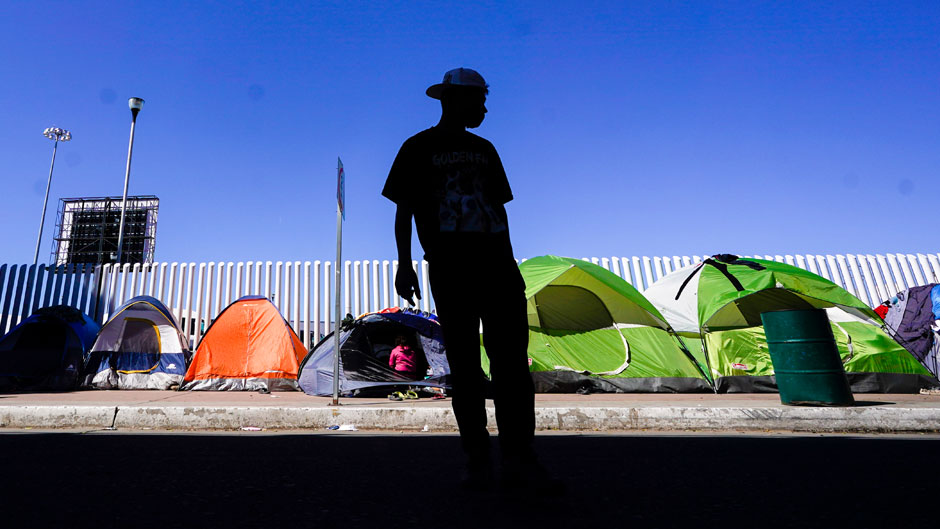The continuous migration of asylum seekers from Central America that crowd the United States’ southern border will continue to pose a challenge for the Biden administration, especially if it does not address the roots of the problem.
Those were the words of Alejandro Portes, University of Miami professor of law and research professor and distinguished scholar in the College of Arts and Sciences. He was part of the online seminar, “Immigration Policies for a New Era: Challenges and Promises,” sponsored by the University’s Institute for Advanced Study of the Americas. Felicia Marie Knaul, director of the institute, welcomed the panel of experts and said that the forum was timely; because at this time, the opportunities for immigration changes are vast.
Portes said that the asylum seekers “are coming for a real fear of persecution because of gangs and other bad situations in their countries.”
“It will be necessary in the long term if you want these flows to diminish—and eventually to cease—to strengthen the institutional structures of those countries and to strengthen their police and create a situation that would be less desperate,” he said. Adding that the asylum seekers have to be treated “in a more humane way.”
Rebecca Sharpless, professor of law and director of the Immigration Clinic at the School of Law, explained that the legal asylum process was complex and time consuming and required the seekers to establish documents and witnesses to corroborate their testimony, which in many cases they did not have.
“There is a provision in the law that allows people to establish a credible fear of persecution,” she said. “I am a strong believer that if someone meets that threshold finding, then they should be released to the community while their case is being decided.”
Presently, asylum seekers are detained, sometimes for years, she noted. She pointed out that the Trump administration, through its policies, made it almost impossible for Central Americans to gain asylum. Meanwhile, President Joe Biden has promised change.
The detention of undocumented workers continues to be on the rise in the U.S., said Sharpless. On any given day, 50,000 people are detained in the U.S. by Immigration and Customs Enforcement (ICE) in detention centers. This compares to about 10,000 per day in 1994. As a nation, the U.S. is spending about $3.1 billion to detain undocumented workers, compared to $1.8 billion in 2010, according to Sharpless.
The growth of detention took place under both Democratic and Republican administrations, Sharpless stated. Detention also grew in part because in 2009 Congress passed legislation that required ICE officials to maintain a certain amount of detention beds, she added.
Private prisons are also used to detain some of the asylum seekers, she informed. ICE also carries out deportations using chartered and commercial flights and detainees are shackled, a practice that was not in place a decade ago, she indicated.
Sharpless said Biden has promised to end family separation—the practice by the Trump administration of separating parents from their children. The president has also promised to end the wait that asylum seekers in Mexico encounter before entering the U.S., and he has promised an end to prolonged detention and a more detailed case management system.
“These are all huge, important moves,” Sharpless said. But what Biden’s plan does not include, she remarked, is any promise to reduce the number of detention beds or to end use of private immigration prisons. Nor has the administration promised to end family detention.
All the experts on the panel concurred that the Biden administration intends to normalize immigration pathways for undocumented individuals. But passing comprehensive, major immigration reform will not be easy, especially since there is such a strong political polarization, they agreed.
Other participants who spoke during the forum included Seth Leech, an immigration attorney and partner at Whitman, Osterman, and Hanna who spoke on “Employment-Based Immigration and International Travel During the Biden Administration: Current Actions and Prospects.”
Maria Rodriguez, executive director of the Florida Immigrant Coalition, was another panelist and she addressed “How the Status Quo Fails Families, Economies and Democracy: The Case for Immigration Reform from a Community Perspective.”
Margarita Rodriguez, lecturer in the Department of Sociology and faculty research fellow on migration, served as the moderator.

